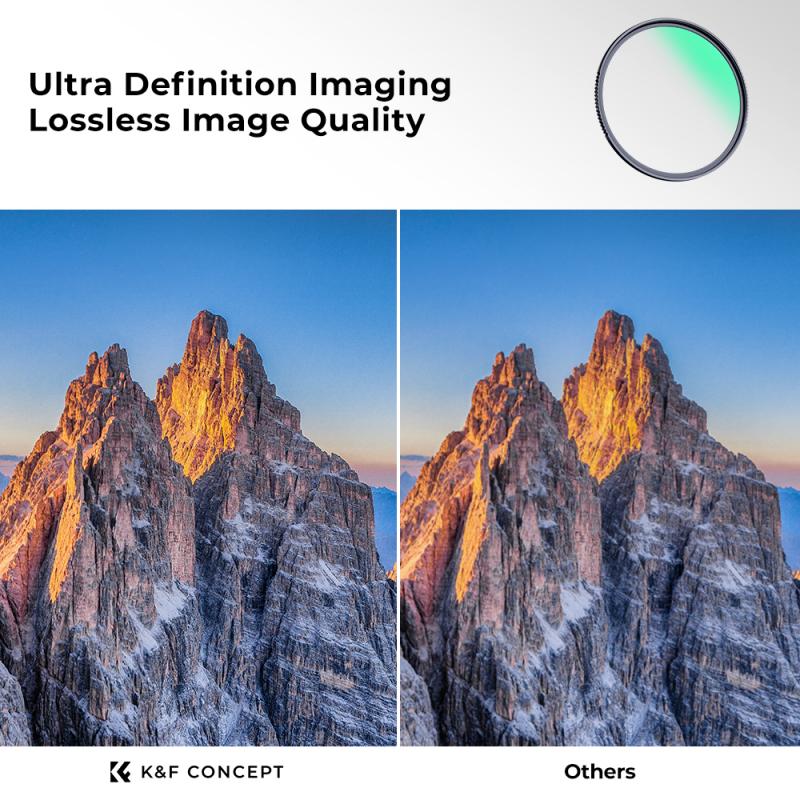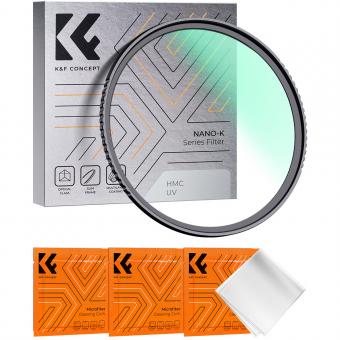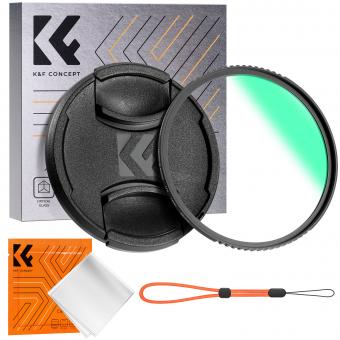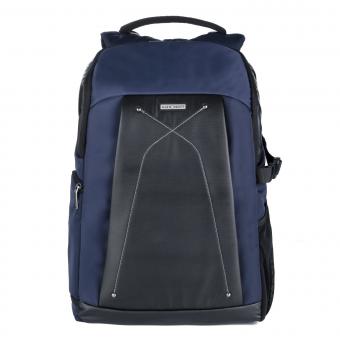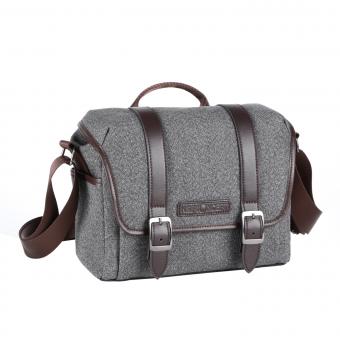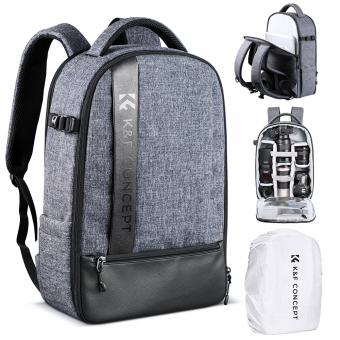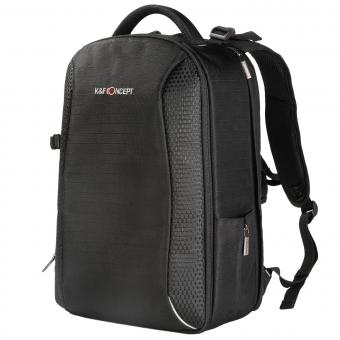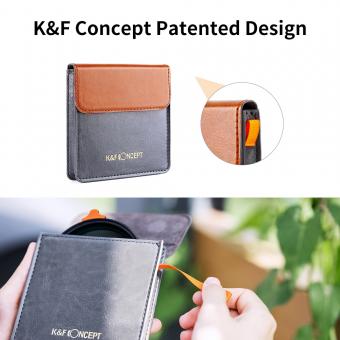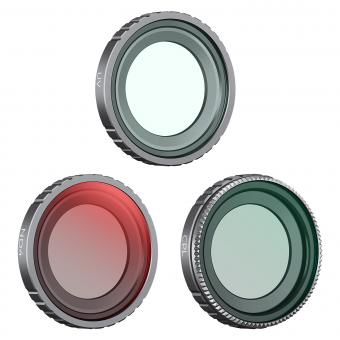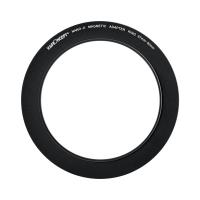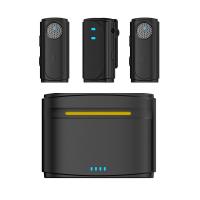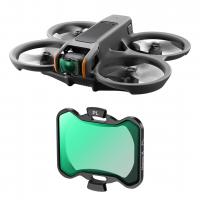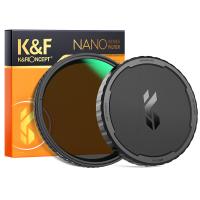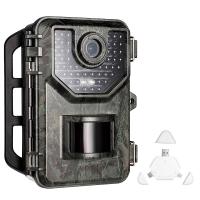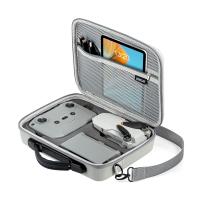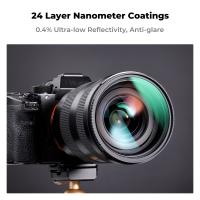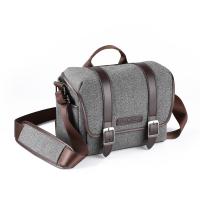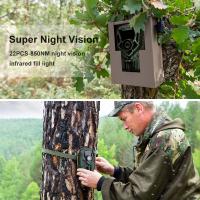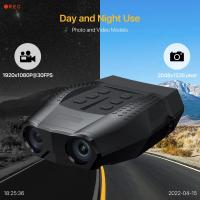Are Uv Filters Necessary For Dslr ?
UV filters are not necessary for DSLR cameras in all situations. However, they can be beneficial in certain circumstances. UV filters primarily serve to block ultraviolet light, which can cause hazy or bluish images, especially in high-altitude or coastal areas. They can also provide an additional layer of protection for the camera lens against scratches, dust, and moisture. Some photographers prefer to use UV filters as a precautionary measure to safeguard their expensive lenses. However, it is important to note that adding an extra layer of glass (the UV filter) in front of the lens can potentially degrade image quality, introduce lens flare, or cause vignetting. Therefore, the decision to use a UV filter ultimately depends on the photographer's personal preference and shooting conditions.
1、 Purpose of UV filters in DSLR photography
The use of UV filters in DSLR photography has been a topic of debate among photographers for quite some time. UV filters are designed to block ultraviolet light, which can cause hazy and blurry images, especially in high-altitude or coastal areas. However, with advancements in lens coatings and digital image processing, the necessity of UV filters has become less clear.
One of the main arguments in favor of using UV filters is their ability to protect the front element of the lens from scratches, dust, and moisture. This can be particularly useful in outdoor and rugged shooting conditions. Additionally, UV filters can act as a sacrificial layer, absorbing any potential damage that could have otherwise affected the lens itself.
On the other hand, opponents of UV filters argue that they can introduce unwanted reflections and reduce image quality, especially when using lower-quality filters. Some photographers believe that modern lens coatings are sufficient in blocking UV light, making the use of additional filters unnecessary.
Ultimately, the decision to use a UV filter comes down to personal preference and shooting conditions. If you frequently shoot in harsh environments or are concerned about protecting your lens, a high-quality UV filter may be worth considering. However, if you prioritize image quality and are confident in the durability of your lens, you may choose to forgo using a UV filter.
It is important to note that opinions on this matter can vary, and the latest point of view may depend on individual experiences and advancements in lens technology.
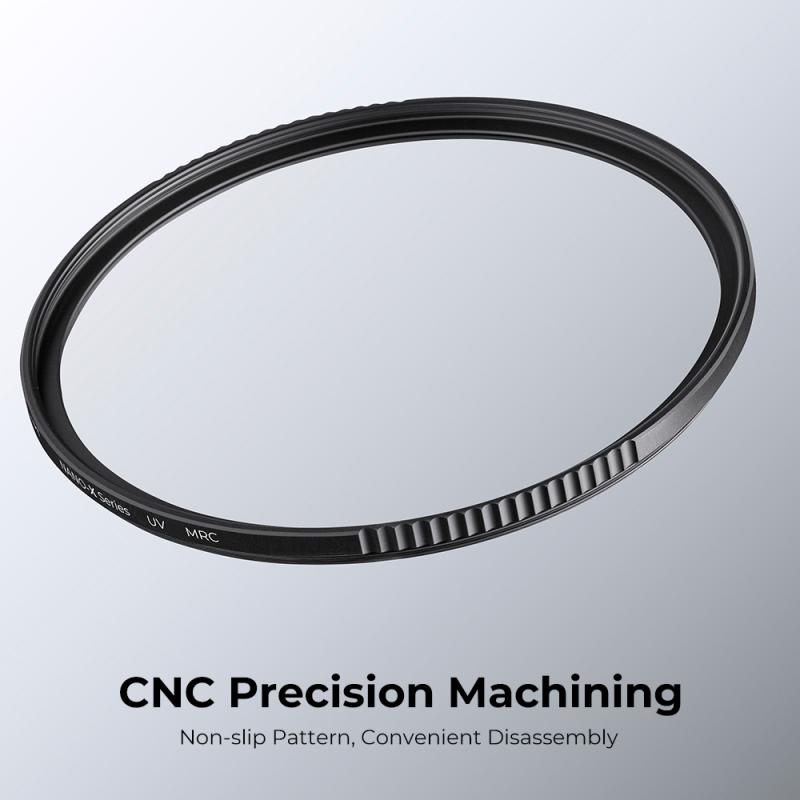
2、 Benefits of using UV filters in DSLR cameras
Benefits of using UV filters in DSLR cameras
UV filters are a popular accessory for DSLR cameras, and while they may not be necessary in all situations, they do offer several benefits that make them worth considering.
One of the main advantages of using a UV filter is its ability to block ultraviolet light. UV light can cause hazy and blurry images, especially in outdoor photography. By using a UV filter, photographers can reduce the impact of UV light and achieve clearer and sharper images. This is particularly important when shooting in high-altitude areas or near bodies of water, where UV light is more intense.
Another benefit of UV filters is their ability to protect the camera lens. A UV filter acts as a physical barrier, shielding the lens from dust, dirt, scratches, and other potential damage. This can be especially useful in outdoor and adventure photography, where the camera is exposed to harsh environments. Instead of risking damage to the expensive lens, the UV filter can take the brunt of any potential harm.
Additionally, UV filters can also help reduce the appearance of lens flare and ghosting. These optical phenomena can occur when shooting against bright light sources, such as the sun. By using a UV filter, photographers can minimize these unwanted effects and improve the overall image quality.
However, it is important to note that not all photographers agree on the necessity of UV filters. Some argue that modern DSLR cameras already have built-in UV filters, making additional filters redundant. Others believe that using a UV filter can slightly degrade image quality, particularly in low-light situations.
Ultimately, the decision to use a UV filter depends on personal preference and shooting conditions. If you frequently shoot in bright outdoor environments or want to provide an extra layer of protection for your lens, a UV filter can be a valuable accessory for your DSLR camera.

3、 Potential drawbacks of using UV filters in DSLR photography
UV filters are not necessary for DSLR photography in most situations. The primary purpose of UV filters is to block ultraviolet light, which was more relevant in the film era when UV light could cause a bluish cast in images. However, modern DSLR sensors are already equipped with UV filters, making the use of additional UV filters redundant in terms of image quality.
While UV filters may provide some protection for the front element of the lens, they can also introduce potential drawbacks. One of the main concerns is the potential degradation of image quality. Adding an extra layer of glass can introduce lens flare, ghosting, and reduced contrast, especially when using low-quality filters. This can result in a loss of sharpness and overall image quality.
Another drawback is the possibility of increased vignetting, especially when using wide-angle lenses. The additional thickness of the filter can cause the corners of the image to become darker, resulting in an undesirable effect.
Moreover, using UV filters can also increase the risk of lens flare, particularly when shooting towards bright light sources. The additional glass surface can cause reflections and flare, which can be difficult to control or eliminate.
In recent years, there has been a shift in opinion among photographers regarding the necessity of UV filters. Many professionals and enthusiasts prefer to rely on lens hoods and proper lens care to protect their lenses, rather than using UV filters. Lens hoods provide effective protection against physical damage and can also help reduce lens flare.
Ultimately, the decision to use UV filters in DSLR photography depends on personal preference and shooting conditions. While they may offer some protection, it is important to consider the potential drawbacks and weigh them against the benefits before deciding to use UV filters.
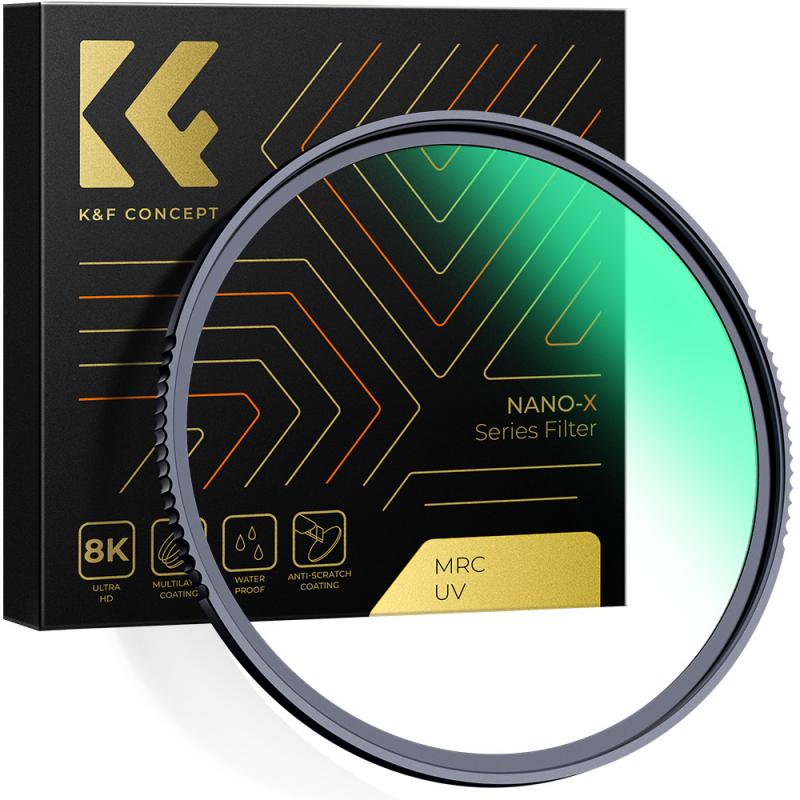
4、 Alternatives to UV filters for protecting DSLR lenses
UV filters are not necessary for DSLR cameras in terms of improving image quality or reducing UV light. Modern DSLR cameras already have built-in UV filters that effectively block UV rays. Therefore, adding an additional UV filter on the lens can potentially degrade image quality by introducing more glass elements and increasing the chances of lens flare or ghosting.
However, UV filters can still serve as a protective layer for the front element of the lens. They can help safeguard against scratches, dust, and other potential damage. This can be particularly useful in situations where the lens is exposed to harsh environments or when shooting in crowded areas where accidental bumps or scratches are more likely to occur.
That being said, there are alternatives to UV filters for protecting DSLR lenses. One popular option is using lens hoods. Lens hoods not only provide protection against physical damage but also help reduce lens flare and improve image contrast. Additionally, lens caps should always be used when the camera is not in use to prevent dust and debris from settling on the lens.
Ultimately, the decision to use a UV filter or explore alternative protective measures depends on individual preferences and shooting conditions. It is important to weigh the potential benefits of added protection against the potential drawbacks of reduced image quality.
